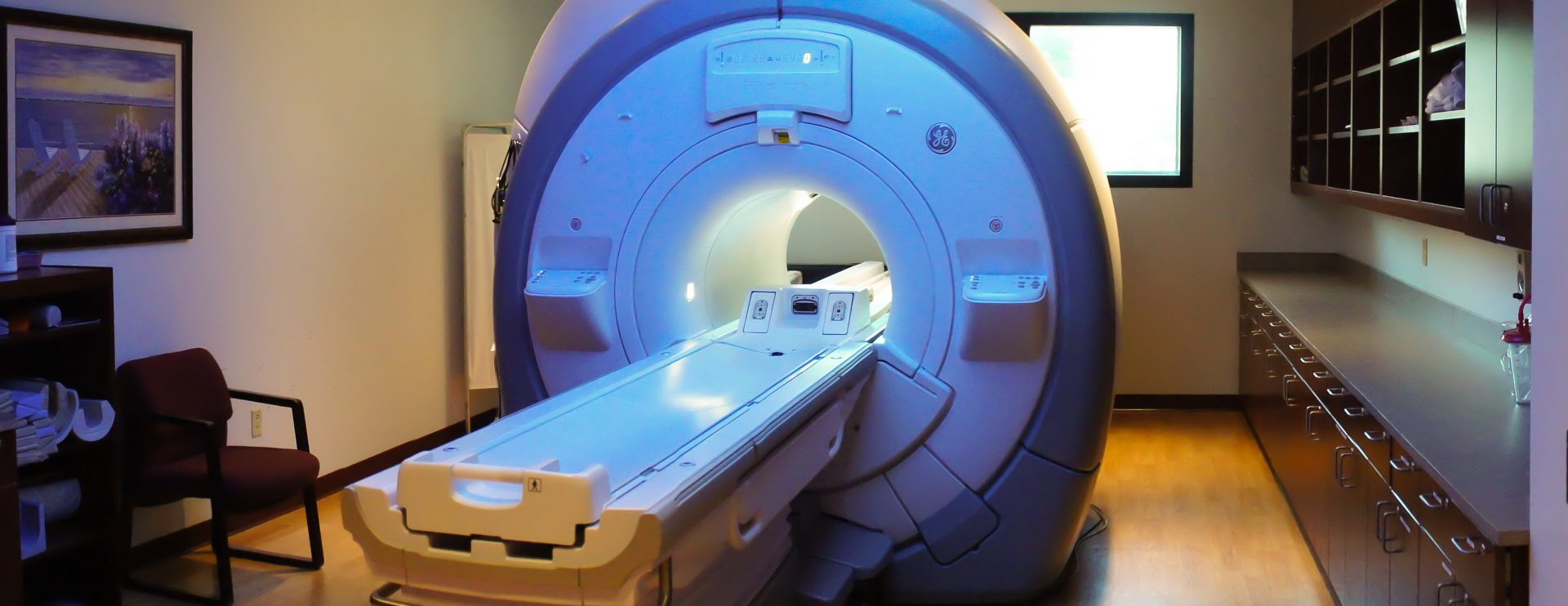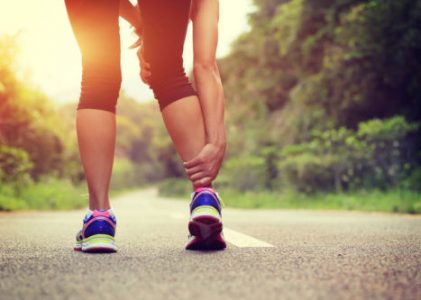May is National Physical Fitness and Sports Month, and a good time to recognize the benefits of participating in sports and a physical fitness routine. While the benefits are numerous to people in all age groups, everyone should be careful to prevent sports injuries, strains and sprains.
Children and adolescents must engage in physical activity to promote bone health, muscular fitness and a healthy heart. Adults who participate in physical activity can actually lower their risk of developing type II diabetes, heart disease and some forms of cancer. Physical activity benefits older adults by improving cognitive functioning and lowering the risk of falling.
No matter your age group, it is never too late to begin a physical fitness regimen with your doctor’s approval. Just be sure to follow proper procedures such as warming up before and cooling down after physical activity and read more to learn how to not strain your muscles and joints.
There are Two Types of Physical and Sports Injuries
If you or a family member are participating in sports or physical fitness regimen, be aware of the types of injuries that could occur and learn how to prevent them. If you experience an injury during physical activity it is either an acute injury or chronic injury. An acute injury occurs suddenly such as an ankle sprain.
Chronic injuries occur from an ongoing sport or physical activity, causing an injury over a long period of time, such as knee problems or tennis elbow. People that sit at a computer screen all day are at risk for developing a chronic condition known as RSI, Repetitive Strain Injury, which encompasses several different conditions caused from repetitive motions. There are many things you can do to help prevent RSI and other chronic physical conditions caused from sports or physical activity.
Symptoms of Physical and Sports Injuries
Your symptoms will vary depending on the type of injury. Acute injuries often present with the following symptoms:
- Swelling
- Sudden and severe pain
- Tenderness in arm, elbow, wrist, hand or finger
- Unable to put weight on a knee, leg, foot or ankle
- Inability to move joints as normal
- Extreme weakness in arms or legs
- A joint or bone that is visibly out of place
Chronic injuries occur over longer periods of time with the following symptoms:
- Pain or tenderness
- Swelling
- Constant dull ache even at rest
- Pain when participating in the activity or sport
Treatment for Sports Injuries
Initial treatment for sports injuries usually begins with the R-I-C-E method:
Rest – Decrease the activity causing pain and rest your injured area
Ice – Use an ice pack or a cold pack on the injury 4 to 8 times per day in 20-minute intervals
Compression – Putting pressure on the injured area will help to reduce swelling
Elevation – Elevate the injured area above your heart
More serious injuries must be treated with medications, limited mobility, physical therapy and sometimes surgery. Nonsteroidal anti-inflammatory drugs such as ibuprofen help to decrease pain and swelling.
You can Prevent Many Sports and Physical Injuries by Practicing Safe Habits
Knowing what causes sports injuries will help you learn how to prevent them. It is very important to warm up before any exercise or playing any sport and performing physical activity while not in shape for it can cause injury. Follow these tips to remain injury free so that you can keep enjoying your physical activity:
- Always do warm up exercises before playing sports
- Stretch before you play or exercise
- Know your limits and don’t do more than you can
- Wear properly fitting shoes that absorb shock and are stable
- Exercise on soft surfaces when possible, never run on concrete or asphalt
- Prevent knee and back strain by not bending knees more than half way
- Land with knees bent when jumping
- Prevent RSI by maintaining proper posture when typing on a computer
- Do not be a weekend warrior and do too much activity in a day or two
With the warm weather upon us, it’s tempting to get outside and do everything we’ve been wanting to over the long winter months. Be sure to pace yourself, take the time to warm up, stretch, and be smart about your physical limitations.
Greater Waterbury Imaging Center cares about your health and wellness. We encourage people of all ages to maintain a physically active lifestyle, within your personal limitations. Continue to practice safe habits during sports and physical activity, and contact us with all your MR imaging needs.


